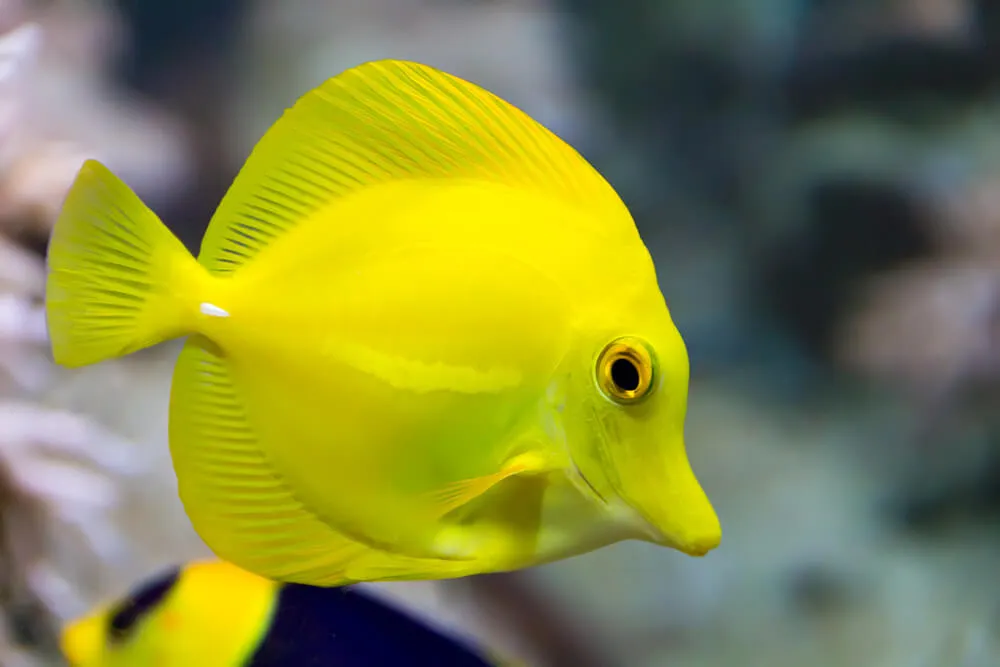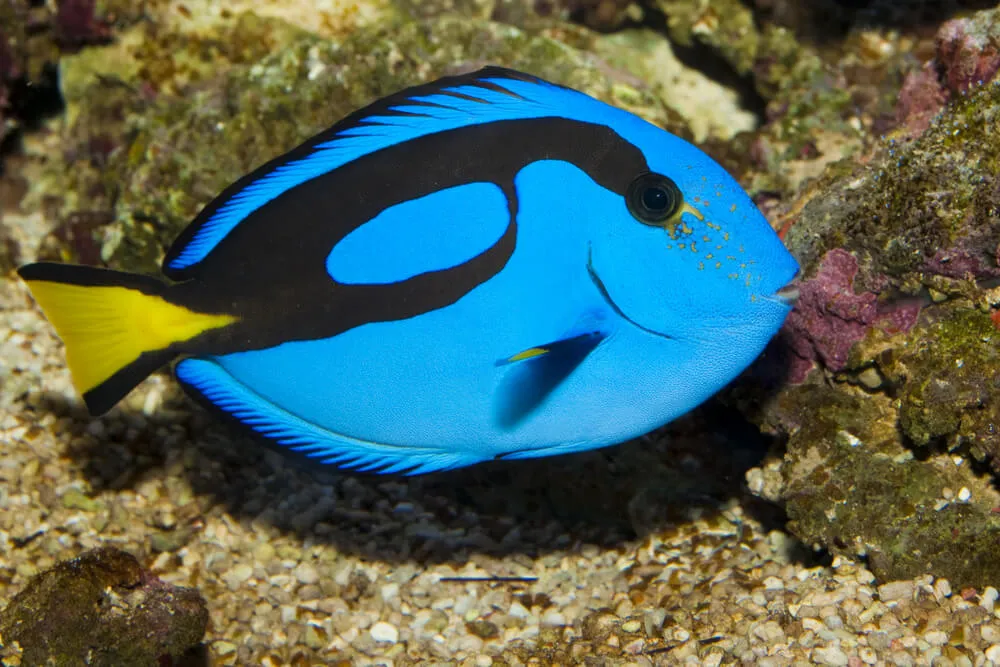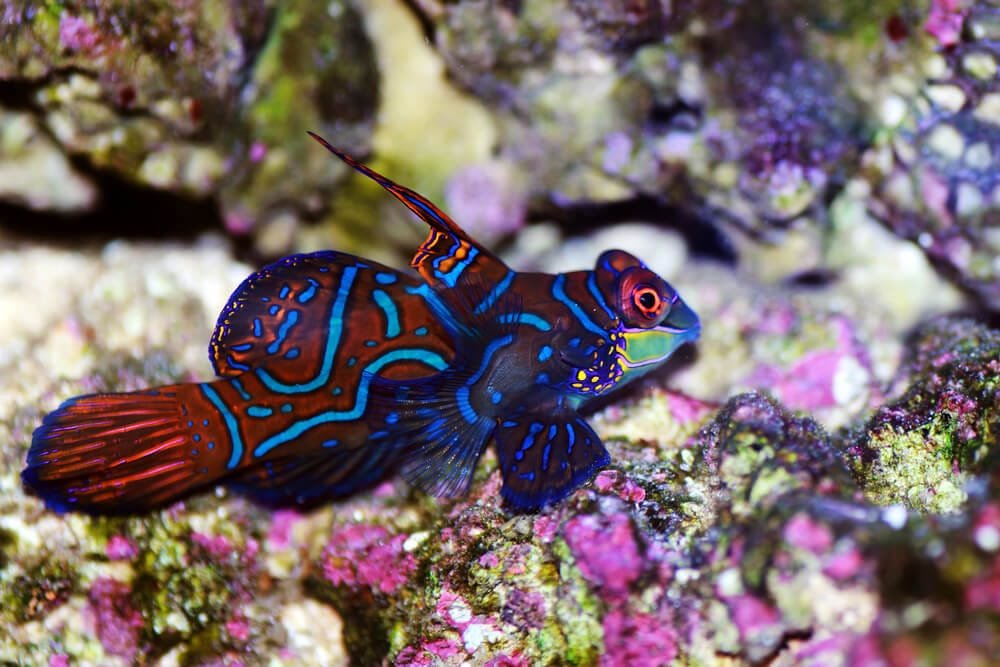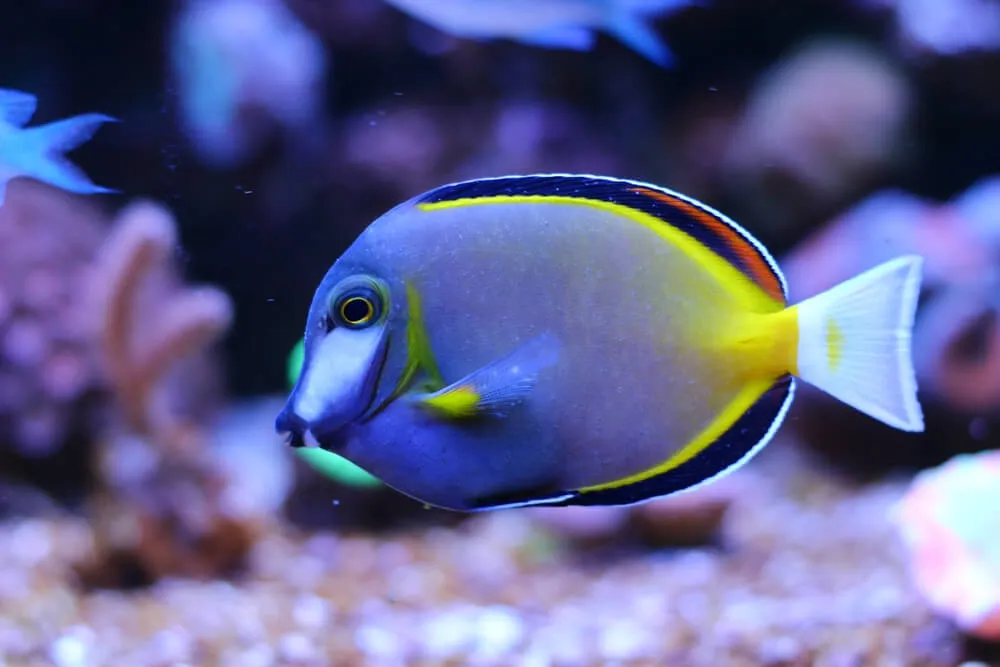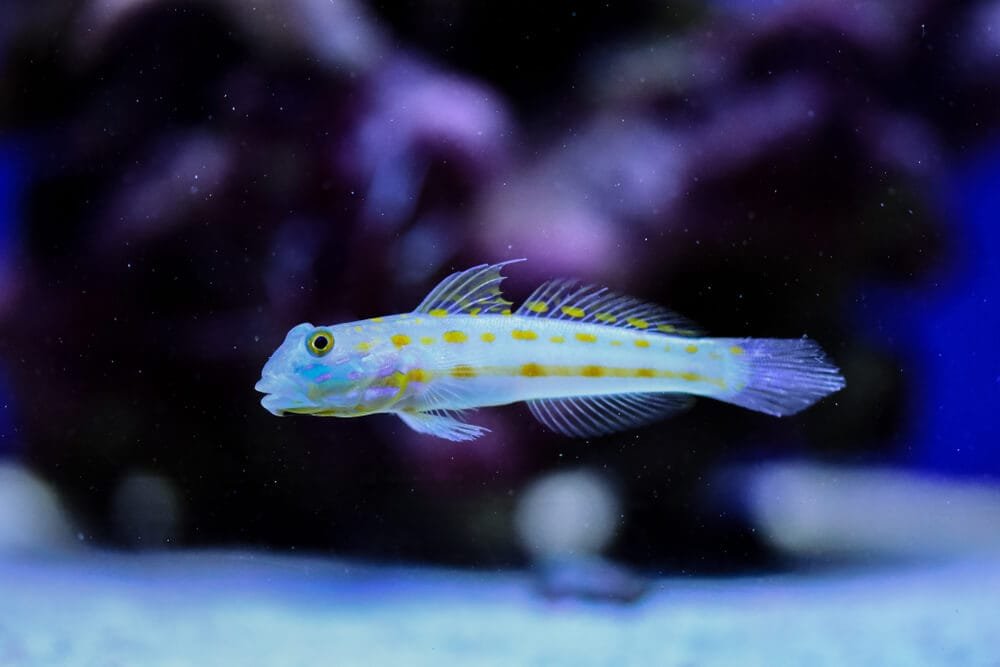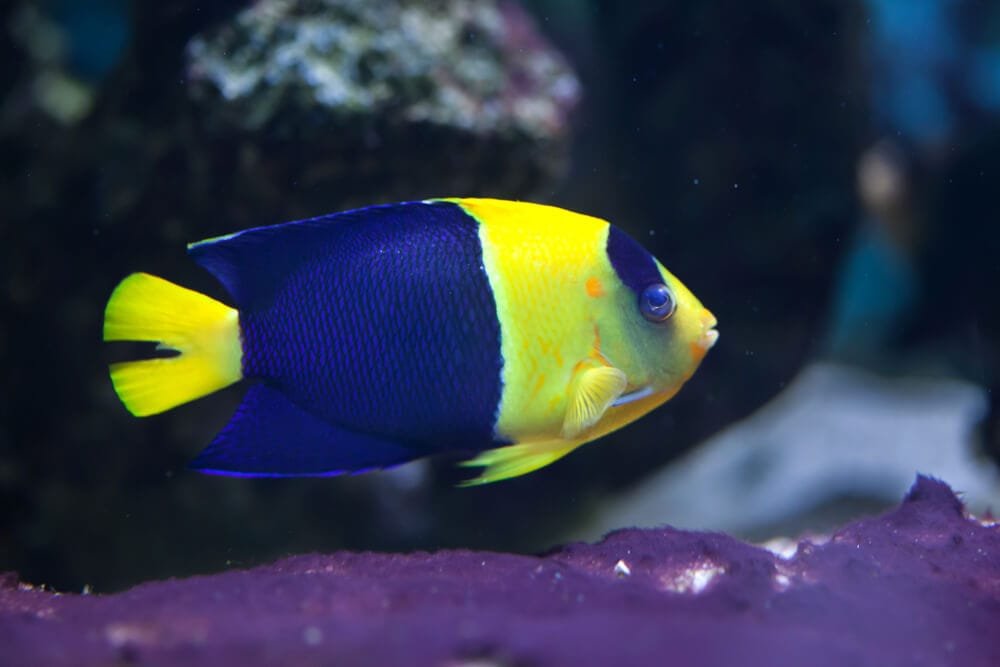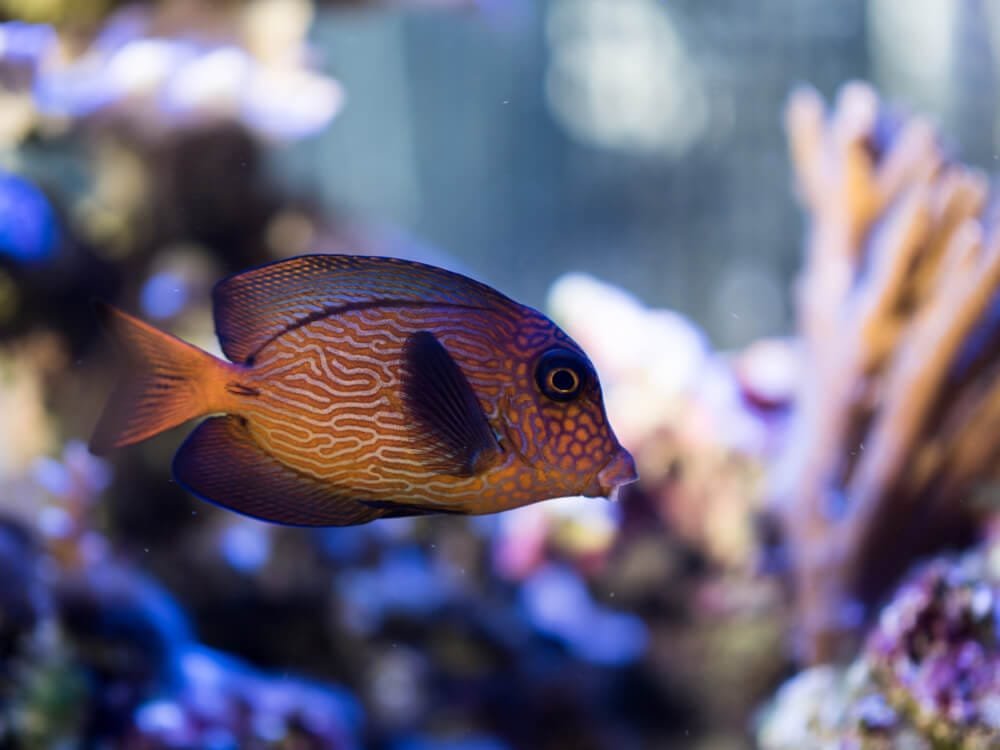Red Coris Wrasse: Care Guide and Aquarium Compatibility
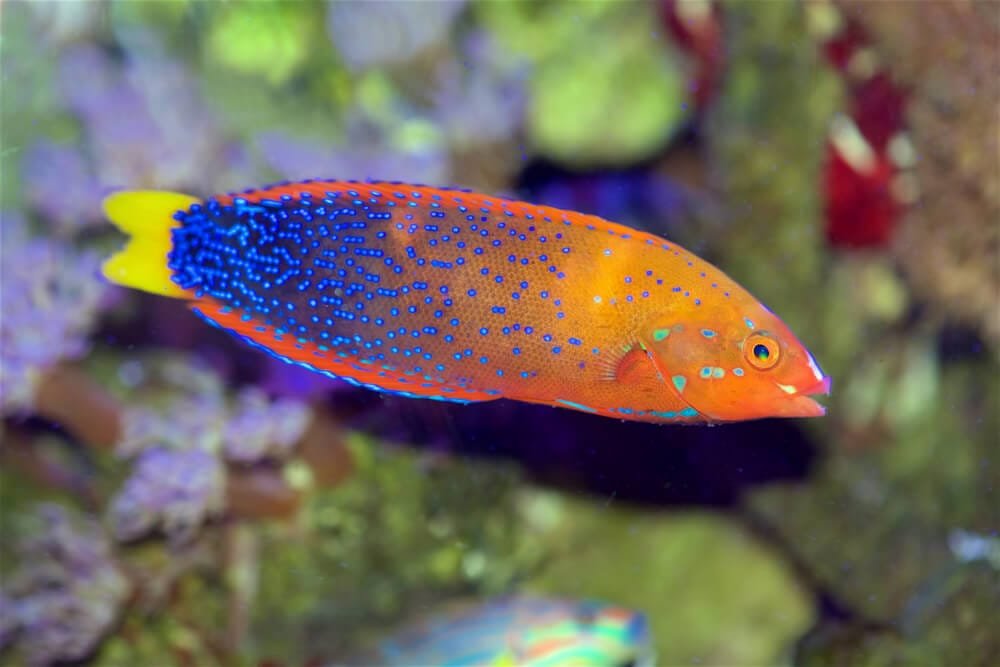
If you’re a fan of vibrant and colorful creatures, then you’re in for a treat with the Red Coris Wrasse. A true sight to behold, this gorgeous fish boasts a stunning red hue that is sure to catch your eye. Not only is the Red Coris Wrasse visually appealing, but it also possesses a lively and friendly demeanor, making it a delightful addition to any aquarium. Let’s take a closer look at this captivating fish and discover what makes it a beloved favorite among marine enthusiasts.
Description and Classification
Physical Appearance
The Red Coris Wrasse is a strikingly beautiful fish with a distinctive appearance. It has a elongated body, which is covered in vibrant red scales that catch the light and give it a mesmerizing glow. The head of the Red Coris Wrasse is adorned with a pair of elongated, pointed fins that resemble antennae. These fins are a bright yellow color, which creates a stunning contrast against the deep red of the body. Additionally, the Red Coris Wrasse features a large, fan-shaped tail fin and a mouth filled with small, sharp teeth.
Classification
The Red Coris Wrasse belongs to the Labridae family, which is commonly known as wrasses. Within this family, it is classified under the species Coris gaimard. The genus Coris encompasses various species of wrasses, each with unique characteristics and habits. The Red Coris Wrasse is particularly sought after in the aquarium trade due to its striking appearance and fascinating behavior.
Natural Habitat
Distribution
The Red Coris Wrasse is found in the tropical and subtropical waters of the Indo-Pacific region. Its range spans from the Red Sea and East Africa to the western Pacific Ocean, including areas such as Maldives, Indonesia, and Australia. This fish thrives in a variety of environments, from coral reefs to rocky shorelines. Its ability to adapt to different habitats has contributed to its wide distribution across the region.
Preferred Habitat
Within its distribution range, the Red Coris Wrasse tends to inhabit shallow coastal waters with ample coral cover and rocky surfaces. It can be commonly found near reef slopes and lagoons, where it seeks shelter among the crevices and coral branches. The Red Coris Wrasse is known to exhibit a preference for areas with moderate currents, as it relies on these currents for feeding and maintaining its territory.
Behavior
Feeding Habits
The Red Coris Wrasse is a carnivorous fish with a varied diet. It primarily feeds on small invertebrates, such as crustaceans, worms, and mollusks. Using its strong jaw and teeth, the Red Coris Wrasse crushes shells and other hard exoskeletons to access the nutritious flesh inside. In the wild, it employs a hunting technique called “picking,” where it searches for small prey items among the crevices of coral reefs, utilizing its slender body to its advantage.
Reproduction
The reproductive behavior of the Red Coris Wrasse is quite fascinating. It is a protogynous hermaphrodite, meaning that individuals start their lives as females and later change sex to become males. When a male is needed within a social group, the largest and most dominant female undergoes a transformation, developing male reproductive organs. This adaptation ensures the continuation of the species, as there is a constant supply of males available.
Territorial Behavior
Red Coris Wrasse is known for its territorial nature. It forms small social groups, consisting of multiple females and a dominant male. Each group occupies and defends a defined territory on the reef, which is marked through aggressive displays and posturing. When threatened or challenged, the Red Coris Wrasse expands its fins, displaying its vibrant coloration, and performs a series of movements to intimidate rivals and protect its territory.
Maintenance in Captivity
Aquarium Conditions
Maintaining a Red Coris Wrasse in captivity requires careful consideration and adherence to specific aquarium conditions. A spacious tank with a minimum capacity of 75 gallons is recommended to accommodate the fish’s active nature. An efficient filtration system is essential to maintain water quality, as the Red Coris Wrasse is sensitive to fluctuations in water parameters. The ideal temperature range for this species is between 75-82°F (24-28°C), with a pH level of 8.1-8.4 and a salinity of 1.023-1.025.
Feeding in Captivity
Replicating the Red Coris Wrasse’s natural feeding habits is crucial in captivity. Provide a varied diet comprising high-quality marine pellets, frozen or live foods, and occasional treats like krill or brine shrimp. Offering a mix of protein-rich foods ensures the nutritional needs of the fish are met. Feeding should be done at least twice a day, as this species has a fast metabolism and requires regular sustenance.
Compatibility with other Species
When considering tankmates for the Red Coris Wrasse, it is important to choose species that are compatible and can coexist peacefully. While generally non-aggressive towards other fish, the Red Coris Wrasse may display territorial behavior towards similar-looking species. Selecting tankmates that inhabit different areas of the tank and have distinct appearances can help minimize aggression. It is also crucial to ensure that the tank provides plenty of hiding spaces to accommodate the fish’s territorial tendencies.
Common Health Issues
Parasites
Like many marine fish, the Red Coris Wrasse is susceptible to parasitic infections. Common parasites that may affect this species include external entities like ich and flukes, which can cause irritation, scratching against tank surfaces, and potential damage to scales or fins. Regular observation and monitoring of the fish’s behavior and appearance can help detect early signs of parasitic infestations.
Infections
Infections can occur in the Red Coris Wrasse due to various factors, such as poor water quality or injuries. Bacterial infections, fungal growth, and viral diseases can compromise the fish’s health and wellbeing. Maintaining optimal water conditions and a clean aquarium environment, along with prompt treatment of any injuries or abnormalities, can prevent and mitigate the risk of infections.
Dietary Problems
Improper or inadequate diet can lead to dietary problems in the Red Coris Wrasse. Insufficient intake of essential nutrients and vitamins can result in malnutrition and weakened immune system, making the fish more susceptible to diseases and health issues. Providing a balanced, varied diet and ensuring that the fish receives adequate nutrition is vital for its overall health and longevity.
Conservation Status
Threats
The Red Coris Wrasse population faces several threats in its natural habitats. The degradation and destruction of coral reefs due to climate change, pollution, and unsustainable fishing practices pose significant risks to this species. Overfishing, particularly for the aquarium trade, can deplete populations in certain regions. Additionally, habitat loss and degradation reduce the availability of suitable environments for the Red Coris Wrasse to thrive.
Conservation Efforts
To protect the Red Coris Wrasse and its habitats, conservation efforts are essential. Various organizations and government agencies are working towards implementing strict regulations on fishing practices to prevent overexploitation of this species. Additionally, initiatives focused on raising awareness about the importance of coral reef conservation and the impact of climate change aim to promote the preservation of these vital ecosystems. By supporting these conservation efforts, individuals can contribute to the long-term survival of the Red Coris Wrasse and other marine species.
